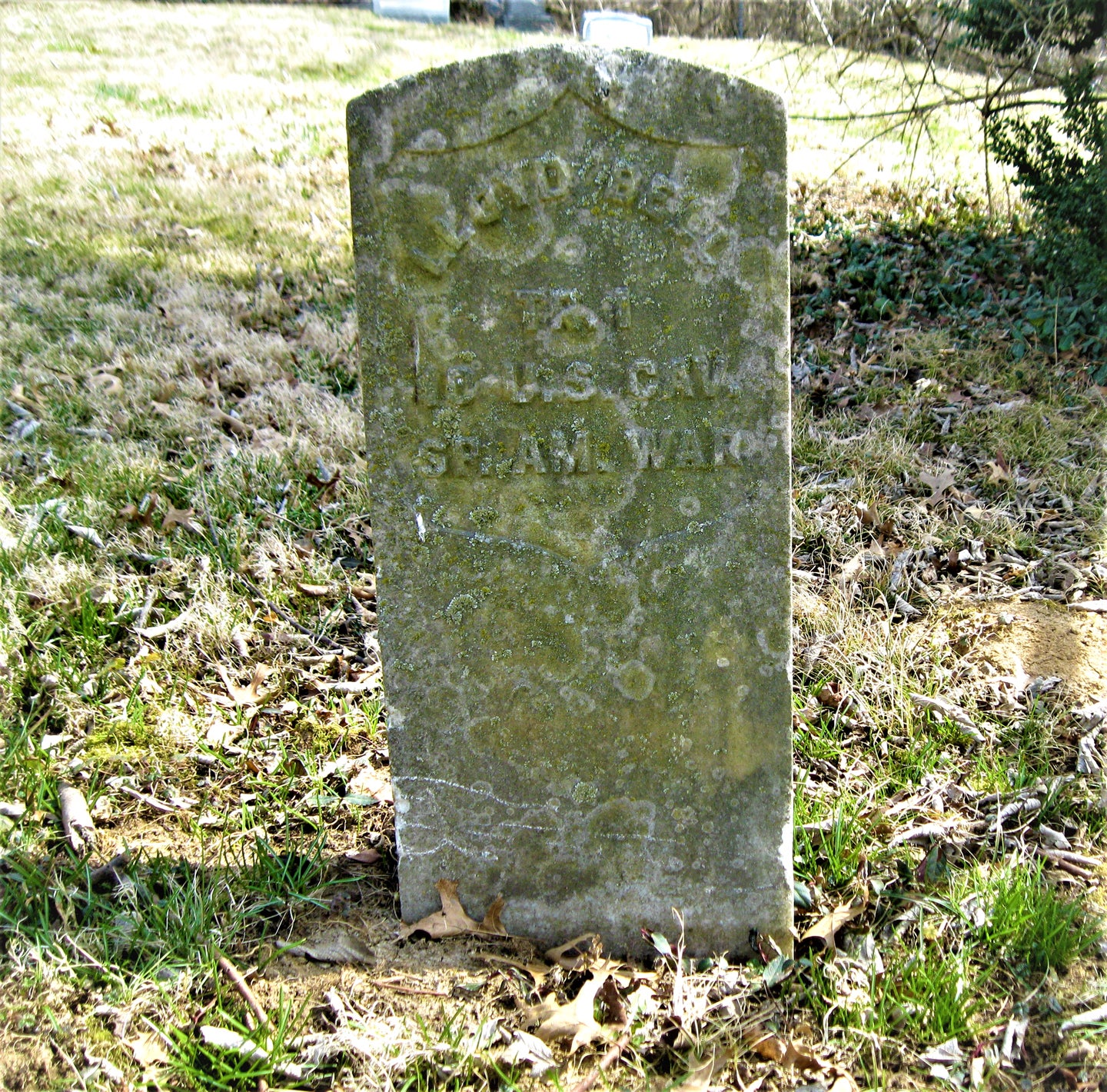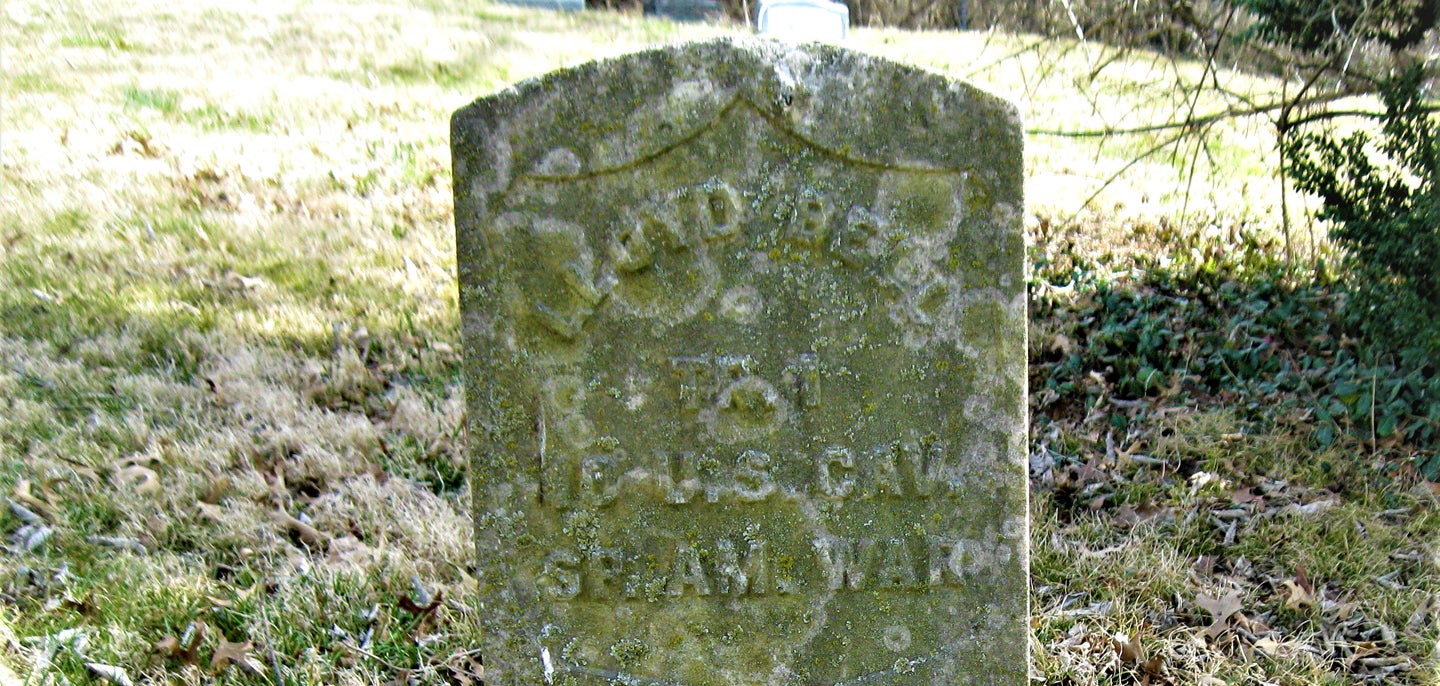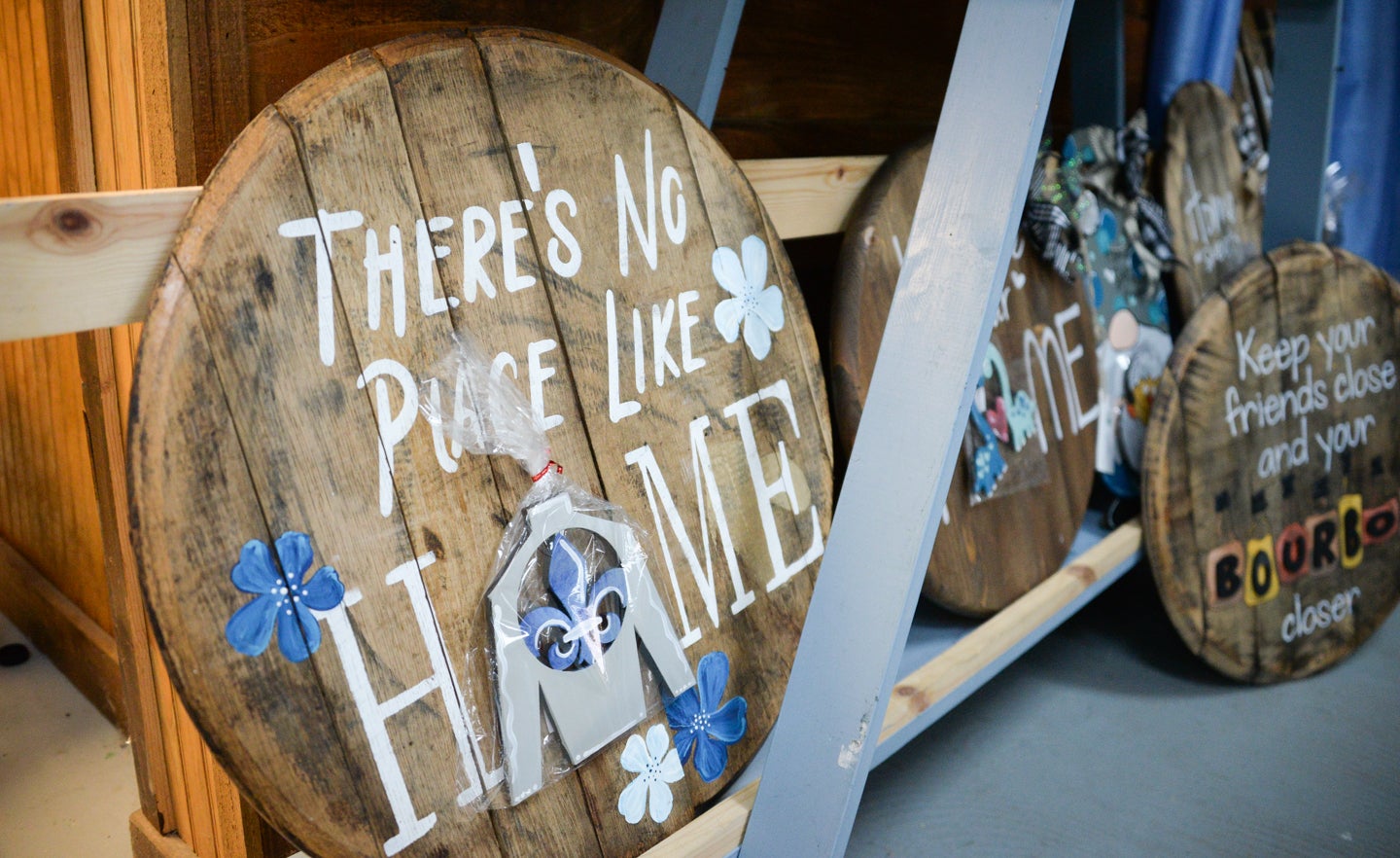Every student of presidential history is aware of the fact that one of the acts that brought Theodore Roosevelt’s name before the general public was his leadership that led to the capture of San Juan Hill during the Spanish American War. The public became enamored with the mental picture of Col. Theodore Roosevelt leading his troops, the Rough Riders, or more correctly, the 1st Volunteer Cavalry, up San Juan Hill while under fire of its defenders to capture the hill after a bloody fight.
The only problem is that this did not happen. Roosevelt and the Rough Riders did not capture San Juan Hill. They captured Kettle Hill, the hill adjacent to San Juan Hill. Teddy Roosevelt never then nor later claimed to have captured San Juan Hill, but his political allies did, as capturing San Juan Hill sounded much better than capturing Kettle Hill.
If the Rough Riders under Theodore Roosevelt did not capture San Juan Hill, who did? The answer is the Buffalo Soldiers of the 10th U.S. Cavalry (Colored). The U.S, Army in 1898 contained 10 cavalry regiments, 1st to 10th. The 1st to 8th Cavalry were filled with Caucasians and the 9th and 10th with African Americans.
When the United States declared war on Spain, it concentrated its Regular Army regiments at Tampa, Florida. The 10th Cavalry, at the time of the declaration of war, was stationed at Fort Assiniboine, Montana, patrolling the Blackfoot and Sioux reservations and guarding the Canadian border. Within days of the declaration of war, they were ordered to Tampa, making the journey there by train.

At Tampa, the 10th Cavalry was assigned to the Cavalry Division, commanded by Maj. Gen. Joseph Wheeler, an ex-Confederate officer. The 10th within the Cavalry Division became part of the 2nd Brigade under the command of Brig. Gen. Leonard Wood. The 2nd Brigade consisted of 1st Cavalry, 10th Cavalry and the 1st Volunteer Cavalry. After a stay at Tampa to re-equip, the regiment boarded the transport SS Leona, and with the rest of the American Army sailed for Santiago, Cuba.
The 10th Cavalry, like the rest of the American troops, landed over open beaches to the west of Santiago. They, along with their fellow American soldiers, pushed forward through the jungle toward Santiago. Defending Santiago from the American advance was a trench line the Spanish Army had dug along a ridge outside of Santiago. This ridge consisted of a series of hills, two of which the Americans called San Juan Hill and Kettle Hill.
When Gen. William R. Shafter, commander of the American forces, ordered an attack on the heights defending Santiago, Gen. Wood arranged his brigade in line of battle. He positioned the three regiments, from left to right: 1st Cavalry, 10th Cavalry, 1st Volunteer Cavalry. The result was the 10th Cavalry faced San Juan Hill and the 1st Volunteer Cavalry, Kettle Hill. Thus, when the attack went in, the 10th went up San Juan Hill and the 1st Volunteers up Kettle Hill, the neighboring hill. Both attacks were successful, but the news reports stated the 1st Volunteers went up San Juan Hill, not Kettle Hill, and so the legend of Roosevelt’s Rough Riders capturing San Juan Hill was born.
In Frankfort’s Green Hill Cemetery is a grave marker, supplied by the Federal government, which reads, “Lloyd Bell, Tr I, 10 US Cav, Sp Am War,” i.e., Lloyd Bell, Troop I, 10th U.S. Cavalry, Spanish American War.
In the Capital City Museum’s library is a copy of the book “Under Fire with the 10th Cavalry.” This book tells the story of the 10th Cavalry during the Spanish American War. It may be read in the museum’s library during the hours the museum is open. Yes, you will find Lloyd Bell’s name listed among the men who served in Troop I during the war.










